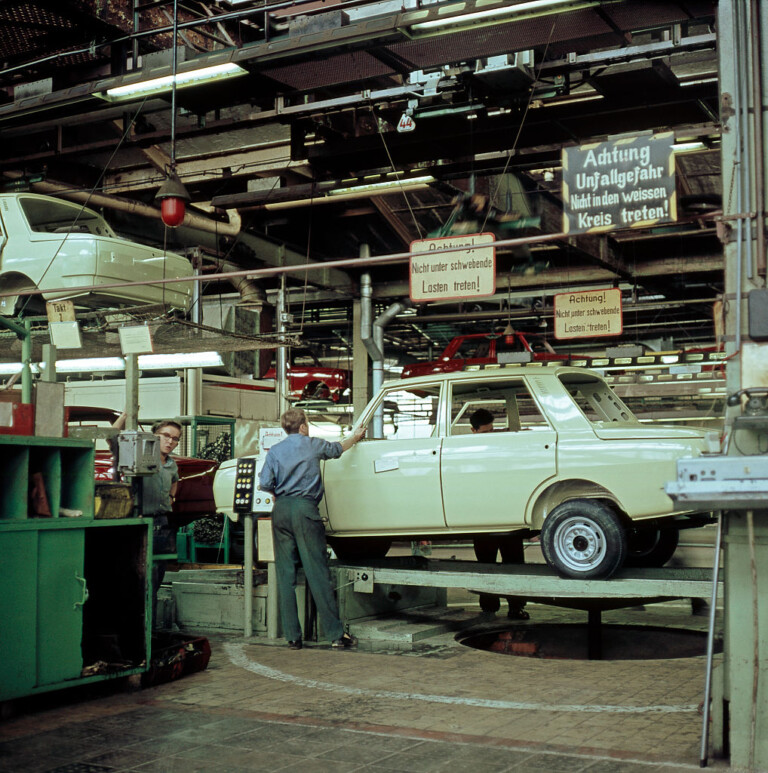Today, Wartburgs are no longer produced, but you can still find one on the domestic roads. The 353, made of a sedan, a station wagon and a small body, was part of the street scene in Eastern European countries associated with the Soviet Union for a long time. Since more than a million units of the model equipped with a two-stroke engine with front-wheel drive have been produced (for most of its life).
These recordings may be familiar to many, but an entire generation may have missed how and under what conditions cars were made in East Germany, at the Eisenach factory. This small video compilation is a real impression, and it is interesting to see how the forklift unloads the chassis from the train in winter, amidst heavy snowfall, which also continues its journey on an open tractor trailer.
The “Cube” appeared in 1966 Wartburgfirst as Type 1000 and then 353. From 1975, the “353W” (Weiterentwicklung, further development) had 50 hp, had power steering as well as a floor shifter, was slowed down by disc brakes at the front, and a brake force regulator was added Dependent on the load to the car. Rear brake circuit.
The previously used dynamo was replaced by a generator. In 1985, as a legacy from DKW, the radiator behind the engine was moved to the front of the engine, and the fan mounted rigidly on the water pump shaft was replaced by an electric motor with a thermal switch. The Wartburg 353 two-stroke was produced until 1988.

Photo: Harald Lange/Ulstein Bild via Getty Images
Among the socialist models of the time, the two-stroke engine drove the sub-one-ton Wartburg remarkably well, and according to factory data, the top speed of the Wartburg 353 Deluxe is 134 km/h. One special feature of the car was the freewheel, which, in addition to starting and reversing, made it possible to shift gears without a clutch. He also removed the engine brake, which was of great importance because the two-stroke engine used in the car was lubricated with a gasoline-oil mixture, and thus lubrication became insufficient when the engine brake was on.
In Hungary, Wartburg 353 is often referred to as the “Wartburg cube” due to its angular shape compared to Wartburg 311 (“Wartburg hump”). In the German Democratic Republic, he was nicknamed “Reliable Hans” due to his trouble-free nature, and he also had a less flattering nickname, “Hans the Wind” – or in Hungary, “the Stinking Cube” – which stuck to him because of his smelly exhaust gases. Particularly unpleasant.






